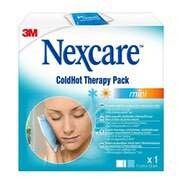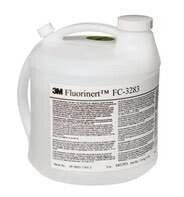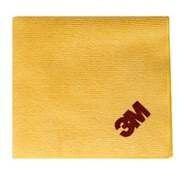Particulate filters: respiratory protection at its best


Whether it's city smog, industrial dust or a polluted workplace, the importance of clean air is undeniable. Respiratory protection is not just a technical term, it is a pillar of our health. Among the various forms of respiratory protection devices, those with particulate filters offer outstanding effectiveness. But what exactly is a particulate filter? How does it work and why is it so important for respiratory protection? We have gathered the most important facts!
A particulate filter is an individual filter that is placed inside a breathing apparatus or mask to filter out harmful particles in the air. This ensures that only clean air, free of contaminants, reaches our lungs. The protection here extends not only to dust and other visible particles but also to microscopic particles that are invisible to the eye.
While the market for respiratory protection offers many different types for various purposes, the primary consideration for particulate filters is to select the type that is appropriate for the conditions of use and the level of protection required. This can be vitally important as it can ensure maximum protection under the circumstances.
Structure of particulate filter
A particulate filter is a product that allows clean air to be breathed in even the most polluted environments. These inserts are simple in design, but there is no mistaking their effectiveness. They are designed to filter out as many harmful particles as possible, either physically or chemically. In physical filtration, particles simply cannot penetrate the dense structure of the filter, whereas, in chemical filtration, certain molecules are trapped.
Filter media can vary, some concentrating on particles, others on vapours and gases. These tiny structures work so efficiently that even the smallest particles, invisible to the eye, are not hidden from view.
Which substances are considered dangerous?
The air in workplaces and living spaces often contains solid and liquid particles that are harmful to the body and pose serious health risks. These harmful substances can be dust, mists, vapours or even gases that are produced during our daily activities.
Whether it's industrial processing, home cleaning or gardening, there is always a risk of hazardous substances being released into the air when using different materials and products. In some cases, such as mining or asbestos removal, there are extremely high concentrations of toxic particles, which can cause immediate and long-term health problems. It is therefore crucial to reduce the inhalation of these harmful substances by applying appropriate protective measures.
How to choose which particulate filter you need?
In occupational health and safety, the choice of the right product directly affects the health and safety of workers. Let's start with the basics: the classification of particulate filters. Their filtration levels - accompanied by precise markings - provide a basic guide to the environments and hazards they protect against.
And standards and certifications are like a pledge of safety. They are the certification that a product meets the highest occupational safety and health standards. Understanding this is crucial because it guarantees that the particle filter insert you choose will protect you from harmful particles.
You need to know what hazards are lurking in the workplace and what pollutants are likely to be present in the environment. The primary objective is to ensure that the particulate filter is perfectly adapted to the conditions of use. Choosing the right marked product can lead to the highest level of safety.
For example, for dust and aerosols, choose a product marked FFP1 for low concentrations, FFP2 for medium concentrations and FFP3 for high concentrations. For gas filters, there are also three levels: level 1 (0.1 ft% maximum allowable concentration of the pollutant), level 2 (0.5 ft% maximum allowable concentration of the pollutant) and level 3 (1.0 ft% maximum allowable concentration of the pollutant). In addition, the colour codes can be used to guide you by application. For example, a brown (Type A) filter protects against organic gases and vapours boiling above 65°C, a grey (Type B) filter protects against inorganic gases and vapours, except CO, a yellow (Type E) filter protects against sulphur dioxide and other acid gases and vapours, and a green (Type K) filter protects against ammonia and organic amine derivatives.
In terms of standards, there is a wide range: full face masks (EN 136), half masks and quarter masks (EN 140), gas and combined filters (EN 141, EN 14387), open system pressure air devices with full face masks (EN 137), half masks with valves (EN 405) and so on.
When dealing with respiratory protection, think about Flanker! Browse our online catalogue and find the best protective equipment for your conditions!
More articles

Floor marking tape: the versatile tool that is indispensable in every building

Transparent heat reflective film: an energy-friendly sun protection method
Flanker Plusz Kft.
Contact Details
Boti Street, 100.




























